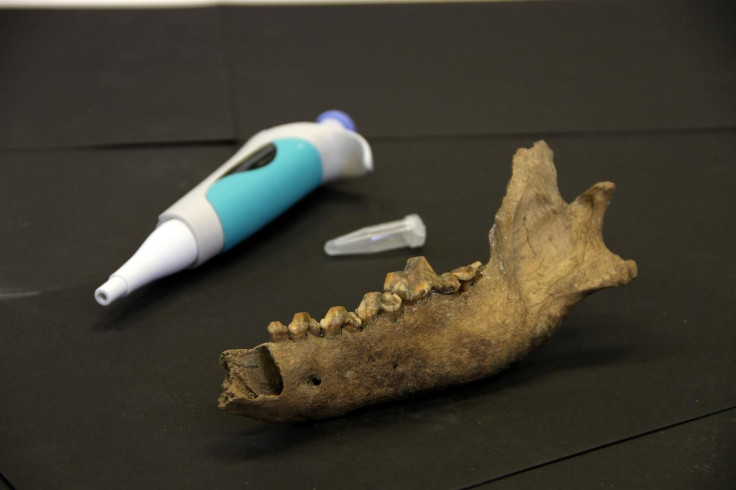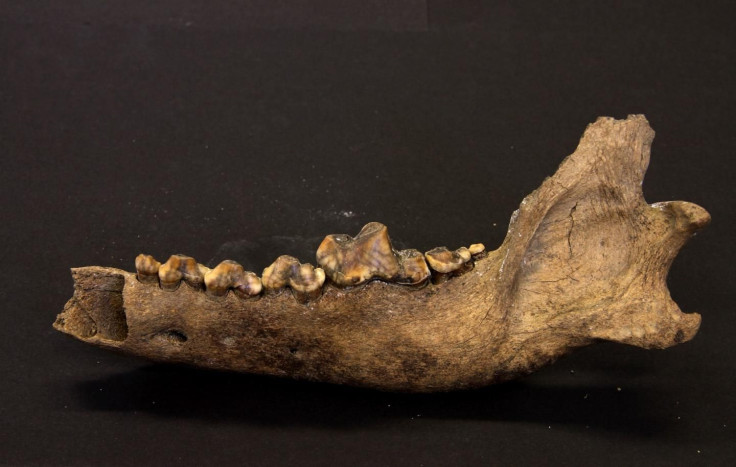Man's Best Friend: Dogs And Humans Have Shared Their Special Bond For Over 27,000 Years

Current estimates based on genome analyses put the divergence from wolves to modern-day dogs back no more than 16,000 years ago. However, dogs may have become man’s best friend well before the last Ice Age. A recent genomic analysis of an ancient Taimyr wolf bone found during an expedition to the Taimyr Peninsula in Siberia has revealed that the special bond shared between dogs and humans could stretch back more than 30,000 years.

"Dogs may have been domesticated much earlier than is generally believed," Love Dalén, from the Swedish Museum of Natural History, said in a statement. "The only other explanation is that there was a major divergence between two wolf populations at that time, and one of these populations subsequently gave rise to all modern wolves."
Dalén and his colleagues didn’t realize their discovery in the Taimyr Peninsula had come from a wolf until they had the chance to conduct genetic testing back at their laboratory. Even after the research team determined that the bone fragment had come from a wolf, they still had to rule out a modern day wolf, since canine remains are common in the Taimyr Peninsula.
Radiocarbon dating showed that it was, in fact, a 35,000-year-old bone from an ancient Taimyr wolf, making it the most recent common ancestor of modern wolves and dogs. DNA evidence from the bone fragment also revealed that the ancient Taimyr wolf shared an above average number of genes with modern-day Siberian Huskies and Greenland sled dogs.

"It is [still] possible that a population of wolves remained relatively untamed but tracked human groups to a large degree, for a long time," explained Pontus Skoglund of Harvard Medical School and the Broad Institute. The power of DNA can provide direct evidence that a Siberian Husky you see walking down the street shares ancestry with a wolf that roamed Northern Siberia 35,000 years ago. This wolf lived just a few thousand years after Neanderthals disappeared from Europe and modern humans started populating Europe and Asia."
Now that we have a better understanding of when dogs and humans formed their enduring relationship, let’s take a look at how they formed this special bond. A recent study conducted by Takefumi Kikusui, animal behaviorist from Azabu University in Japan, and his colleagues showed that dogs and humans really do share love at first sight. Upon catching each other’s gaze, the brains of both dogs and humans trigger the release of the love hormone oxytocin. Now it seems this endearing gaze that forms the canine-human relationship could date back over 30,000 years.

Source: Skoglund P, Dalén L, et al. Ancient wolf genome reveals an early divergence of domestic dog ancestors and admixture into high-latitude breeds. Current Biology. 2015.



























